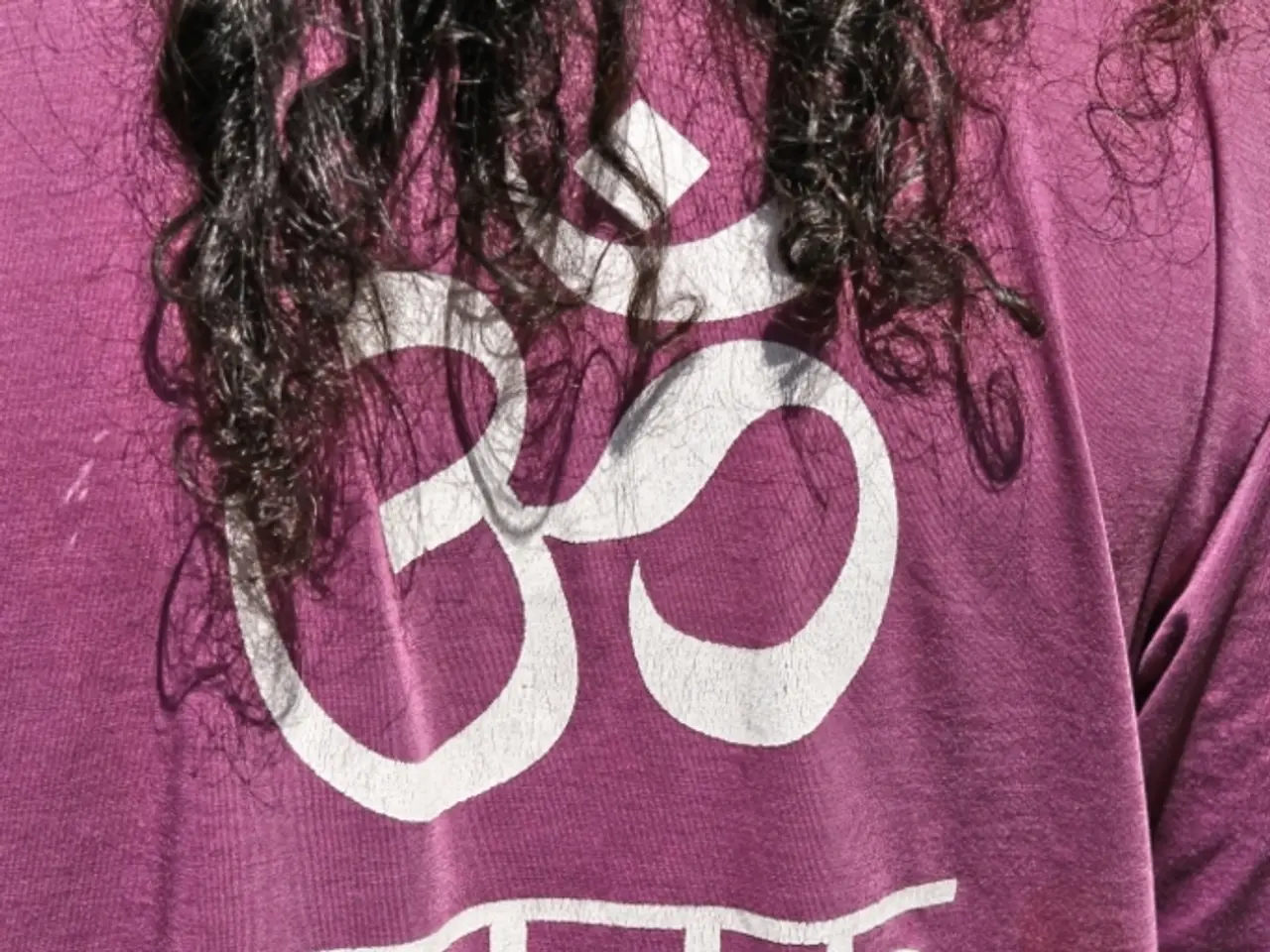Tai Chi Exercises for Arthritis: Advantages and Commencing Strategies
Tai Chi, an ancient Chinese martial art, is now available online for free, offering a therapeutic approach for individuals with arthritis. The Tai Chi for Arthritis program, developed by Dr. Paul Lam, is specifically designed to address the unique needs of people with arthritis, focusing on movements that reduce joint pain and stiffness while enhancing joint function.
Practicing Tai Chi for Arthritis involves focusing on a series of movements that promote joint flexibility, strength, and balance. A person practicing Tai Chi will focus on straightening their head, slightly moving their chest inward, relaxing their waist, identifying the "full" and "empty," or yin and yang, of where their weight lies, dropping their shoulders and elbows, sinking energy to the lower abdomen, allowing their mind to govern their body, creating unity of the upper and lower body, maintaining continuous movement without interruption, and seeking stillness in movement.
For those with osteoarthritis in the hips or knees, specific Tai Chi movements that emphasize slow, continuous, and weight-shifting motions are most beneficial. These movements include gentle weight shifting from one leg to the other, which improves joint stability and muscle strength around the affected hips or knees. Slow, controlled flowing motions that stretch muscles and tendons, enhancing flexibility without overstressing joints, are also crucial. Whole-body coordination movements that improve balance and prevent falls are particularly important for individuals with hip or knee OA.
Programs tailored as "Tai Chi for Arthritis" are designed to address arthritis symptoms by focusing on movements that reduce joint pain and stiffness while enhancing joint function. Common forms used include sequences that promote range of motion, flexibility, and controlled balance, such as the "Tai Chi for Arthritis" curriculum's "Wave Hands Like Clouds," "Parting the Wild Horse's Mane," and "Repulse Monkey," which encourage smooth hip and knee articulation with minimal impact.
The American College of Rheumatology recommends movement-based mind-body exercises, including those from Tai Chi, Qi Gong, and Yoga, as therapeutic approaches for people with osteoarthritis. In fact, Tai Chi is strongly recommended for people with osteoarthritis, particularly in the hips and knees, and is beneficial for other types of arthritis involving joint stiffness and pain.
To get started with Tai Chi for Arthritis, one does not have to subscribe to a specific belief system, but understanding the principles of Tai Chi can help in practicing it effectively. The Tai Chi for Health Institute's website has a global directory of instructors that people can search by location. Alternatively, people can find a Tai Chi class or instructor by contacting their area's parks and recreation department, checking community events calendars, looking for classes at fitness centers, yoga studios, and martial arts studios, or asking for referrals from their doctors, friends, and support group members.
Dr. Paul Lam, director of the Tai Chi for Health Institute, recommends practicing Tai Chi for at least 3 months to allow the body to get used to the movements and start experiencing benefits. The frequency of practicing Tai Chi will likely depend on individual preferences, daily schedules, and personal goals.
The Tai Chi for Arthritis and Fall Prevention Program is a national program that is accessible in many communities. The National Council on Aging (NCA) recognizes the Tai Chi for Health Institute's Tai Chi for Arthritis program as an arthritis-appropriate, evidenced-based intervention.
A 2021 study found that performing four specific Tai Chi movements - Wave Hands Like Clouds, Diagonal Flying, Brush Knee and Twist Step, and Repulse Monkey - can utilize a wide range of motions in the lower limbs, provide a slow increase in joint loading, and engage strong muscle activity. Tai Chi is a moving meditation that combines slow, gentle, and fluid exercises with deep, concentrated breathing, aiming to ease inner energy flow, maintain the balance between yin and yang, and improve joint flexibility, reduce pain, and enhance overall physical and mental well-being.
In summary, Tai Chi for Arthritis is a holistic approach to managing arthritis symptoms, offering gentle, flowing movements that promote joint flexibility, strength, and balance without causing additional joint stress. The emphasis on gentle weight shifting and full-body coordination is key to maximizing benefits for these specific joint conditions.
Read also:
- West Nile Virus detected in Kentucky for the first time; authorities advise locals to adopt safety measures
- Digestive issues: Understanding causes, remedies, and further details about acid reflux and excessive burping
- Exploring Botox as a Treatment for Interstitial Cystitis: Insights, Adverse Effects, and Further Details
- Information on Lucentis: Its Form, Strengths, Administration Method, and Additional Details





